 |
 |
Yoin / Hibiki (Remaining Sound / Reverbrating Echo)
- Works of Three Japanese Photographers October 24 - November 8, 2009 | Gallery Hyun (Seoul) Artists: Toshiyuki Nanjo, Seiko Oka, Asako Tanaka Opening Reception: October 24, 2009, from 17:00 - Live Performance of Butoh Dance and Music (Performed by Dakei et al.) - Artists' Talk |
Introduction ÅgTo say nothing, to shut my eyes, to allow the detail to rise of its own accord into affective consciousness.Åh - Roland Barthes (from ÅgCamera LucidaÅh) * * * * * In this exhibition titled ÅgYoin / Hibiki (Remaining Sound / Reverbrating Echo)Åh at Gallery Hyun in Seoul, the works of three Japanese photographers are exhibited in the aim of exploring the fertile field of photography, which is a universal art language. We also hope that this exhibition will give contemporary photography a new ground for understanding and appreciation, and help us find the traditional aesthetic in Japanese art alive and at work in photographic art - that is, to reverbrate Ågyoin,Åh or remaining sound, within the audienceÅfs heart. Traditionally, Japanese painters, such as picture scroll makers and, more recently, decorative Rimpa painters of Edo era, have deftly dealt with ÅgblanknessÅh and ÅgomissionÅh in their depiction of space. Rather than precisely reproducing all the details in the picture plane and putting an effort of explanation, those painters left the viewers with spaces and gaps where they can slide themselves in and put their own imagination at work. Thus, Japanese painters tried to present the world more attractively or truthfully than it actually looks. The shortest poetry form in the world, Haiku, holds some similarities with traditional Japanese painting, in a sense that people appreciate ÅgblanknessÅh or Ågomission.Åh in both. Cutting down the whole words to simple 5-7-5 syllables would, despite the limitation and simplicity, allows a reader to picture a world which spreads out limitlessly in his/her mind with help of imagination. Resonant emotions and feelings, or Åghibiki,Åh generated out of the extreme simplicity and conciseness of words, are the key to approach Haiku aesthetic. This attitude of appreciating ÅgyoinÅh and ÅghibikiÅh can be traced down in the contemporary art in Japan, and it is above all interesting to notice how contemporary photographers have succeeded it and transferred it to their own works. Because photography can be characterized with sheer objectivity, it may be analogized with ÅgSyaseiÅh (objective depiction) attitude in the art of Haiku. Trimming the world into a certain frame, as a photographer does, is similar to the 17-syllable policy of Haiku. Toshiyuki Nanjo, Seiko Oka and Asako Tanaka, who are included in this exhibition, among others, are aware of the possibility of making the images resound and spread out like echoes. It might be said that they take advantage of the limitation of photography. Their respective work methods differ from each other, but they do reveal a certain affinity between traditional Japanese aesthetic and contemporary photographic art. * * * * * Gallery Hyun http://www.hyungallery.com/ |
Works (selected) |
 Toshiyuki Nanjo "suns-43" | 2009 | 89x60cm | C-print |
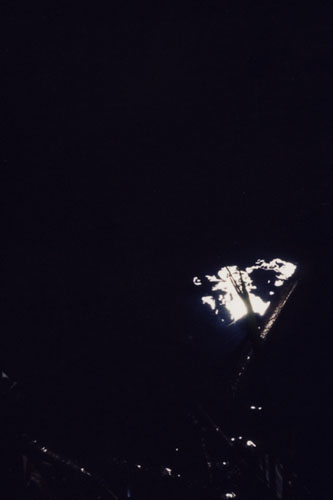 Toshiyuki Nanjo "suns-44" | 2009 | 89x60cm | C-print |
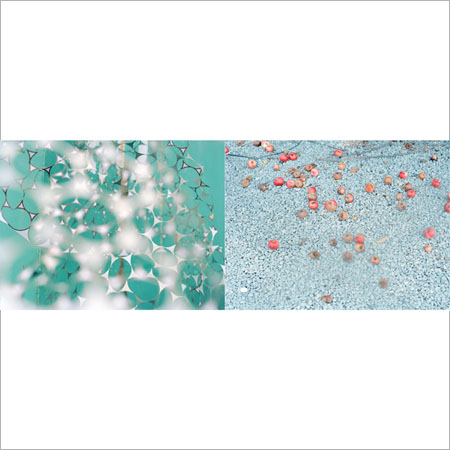 Seiko Oka "Her/story" | 2008 | 45x45cm | Inkjet Print |
 Seiko Oka "Her/story" | 2008 | 35x35cm | Inkjet Print |
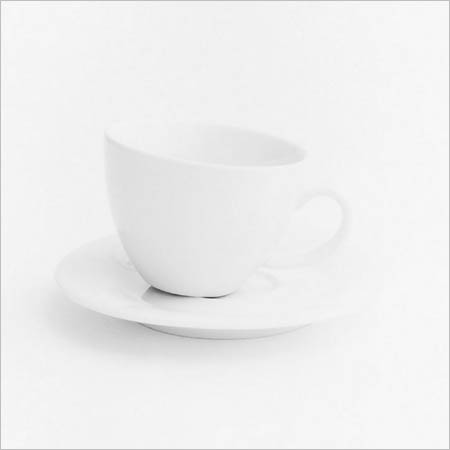 Asako Tanaka "cup/saucer" | 2002 | gelatin silver print |
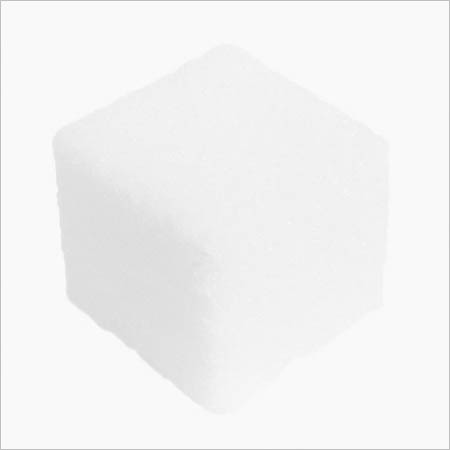 Asako Tanaka "blanc(s)" | 2001 | gelatin silver print |
Exhibition View |
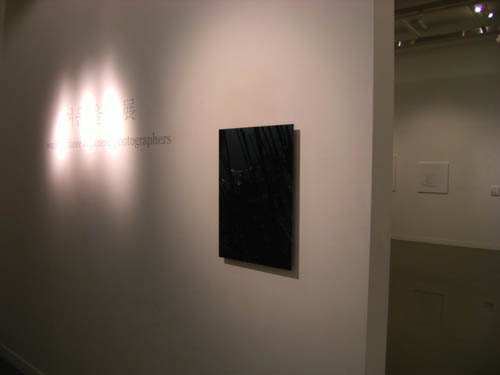 Gallery entrance |
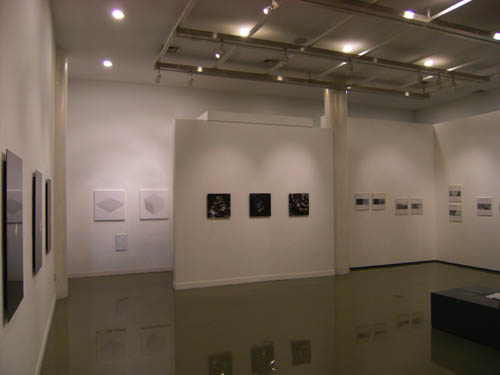 Gallery view |
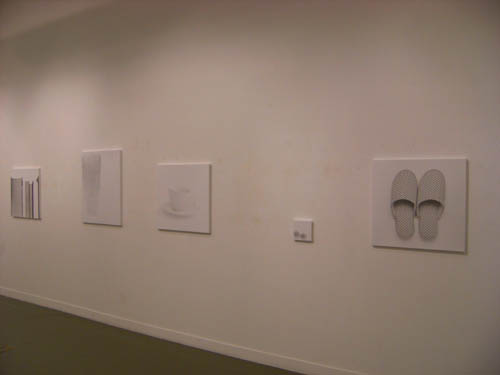 Works of Asako Tanaka |
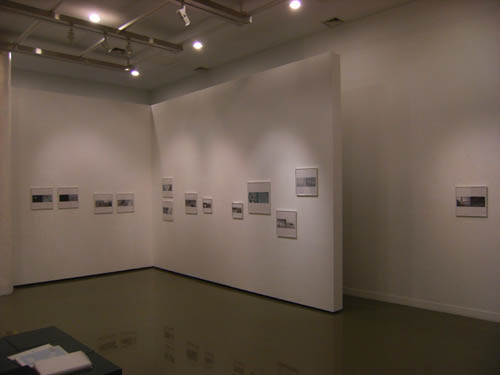 Works of Seiko Oka |
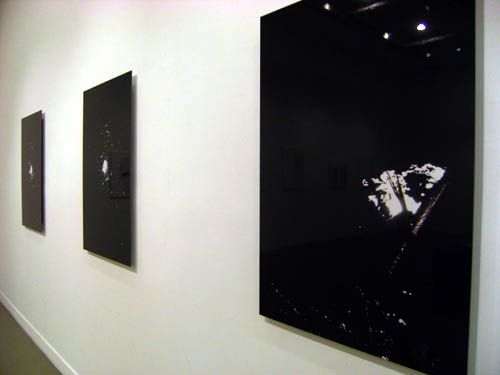 Works of Toshiyuki Nanjo |
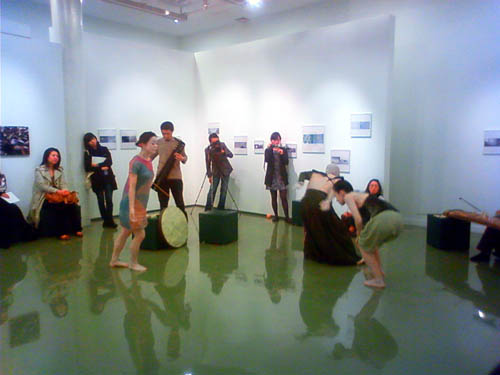 Dance and music performance by "Shizuku" at the opening reception |
Copyright (C) 2009 HRD Fine Art. All Rights Reserved. No reproduction or republication without written permission. |